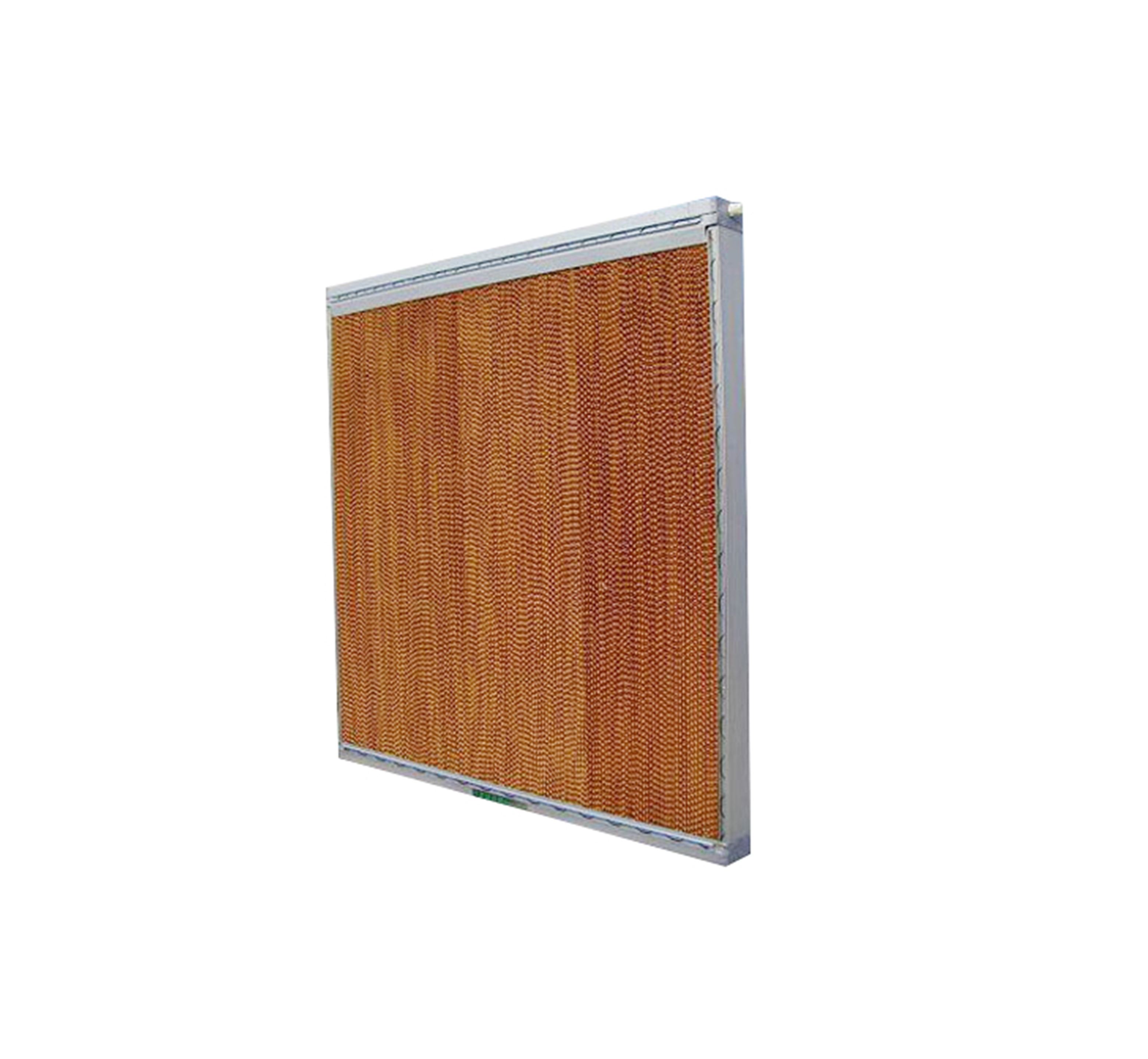broiler transport cage
Oct . 30, 2024 11:51 Back to list
broiler transport cage
Broiler Transport Cages Ensuring Welfare and Efficiency in Poultry Transportation
The poultry industry has grown exponentially over the past few decades, driven by the global demand for chicken meat. As a result, the transportation of broilers, or meat chickens, has become a crucial aspect of poultry production. A key component in this process is the broiler transport cage, which is specifically designed to accommodate the needs of the birds during transit while ensuring their welfare and maximizing efficiency for farmers and distributors.
Broiler transport cages are engineered to provide a safe and comfortable environment for the chickens during their journey from farms to processing plants. These cages are typically made of durable materials such as galvanized steel or high-density polyethylene (HDPE), known for their robustness and resistance to wear and tear. The design of these cages is pivotal, as they must allow for adequate ventilation, space, and access to feed and water, all of which contribute to reducing stress and promoting better welfare among the birds.
One of the primary concerns with transporting broilers is minimizing stress levels. Stress can significantly impact the health and quality of meat produced from these birds. Effective transport cages are designed with features such as adequate airflow and strategic placement of food and water containers, enabling the birds to remain as calm as possible during transit. Research has shown that reducing stress not only enhances animal welfare but also leads to better meat quality, lower mortality rates, and improved overall performance of the flock.
broiler transport cage

Furthermore, the capacity and layout of broiler transport cages can significantly influence the efficiency of the transportation process. Modern cages are typically designed to optimize space, allowing for a higher number of birds to be transported at once without compromising their comfort. This enhanced capacity is beneficial for poultry farmers and distributors as it reduces transportation costs and time, while delivering chickens to processing plants more efficiently.
In addition to welfare and efficiency, the ease of handling is another critical factor associated with broiler transport cages. Many designs incorporate features that make it easier for workers to load and unload birds. This not only streamlines operations but also minimizes the risk of injury to both the birds and the handlers. For instance, collapsible or stackable cages enable better use of space when not in operation, making transportation more economical.
Moreover, as the poultry industry faces increasing scrutiny regarding animal welfare, the design and use of broiler transport cages must evolve. Manufacturers are continuously innovating to create cages that meet higher welfare standards. This includes assessing the cage dimensions, slat spacing, and overall design to ensure that they align with best practices in animal handling and welfare.
In conclusion, broiler transport cages play a pivotal role in the poultry supply chain. By combining welfare considerations with practicality and efficiency, these cages not only enhance the well-being of the chickens but also contribute to the overall effectiveness of poultry transportation. As the demand for chicken continues to grow, the adoption of innovative and welfare-friendly transport solutions will be essential in ensuring the sustainable and humane production of poultry worldwide.
-
Automatic Feeding Line System-Pan Feeder Nipple Drinker|Anping County Yize Metal Products Co., Ltd.
NewsJul.29,2025
-
Hot Sale 24 & 18 Door Rabbit Cages - Premium Breeding Solutions
NewsJul.25,2025
-
Automatic Feeding Line System Pan Feeder Nipple Drinker - Anping County Yize Metal Products Co., Ltd.
NewsJul.21,2025
-
Automatic Feeding Line System Pan Feeder Nipple Drinker - Anping County Yize Metal Products Co., Ltd.
NewsJul.21,2025
-
Automatic Feeding Line System - Anping Yize | Precision & Nipple
NewsJul.21,2025
-
Automatic Feeding Line System - Anping Yize | Precision & Nipple
NewsJul.21,2025






